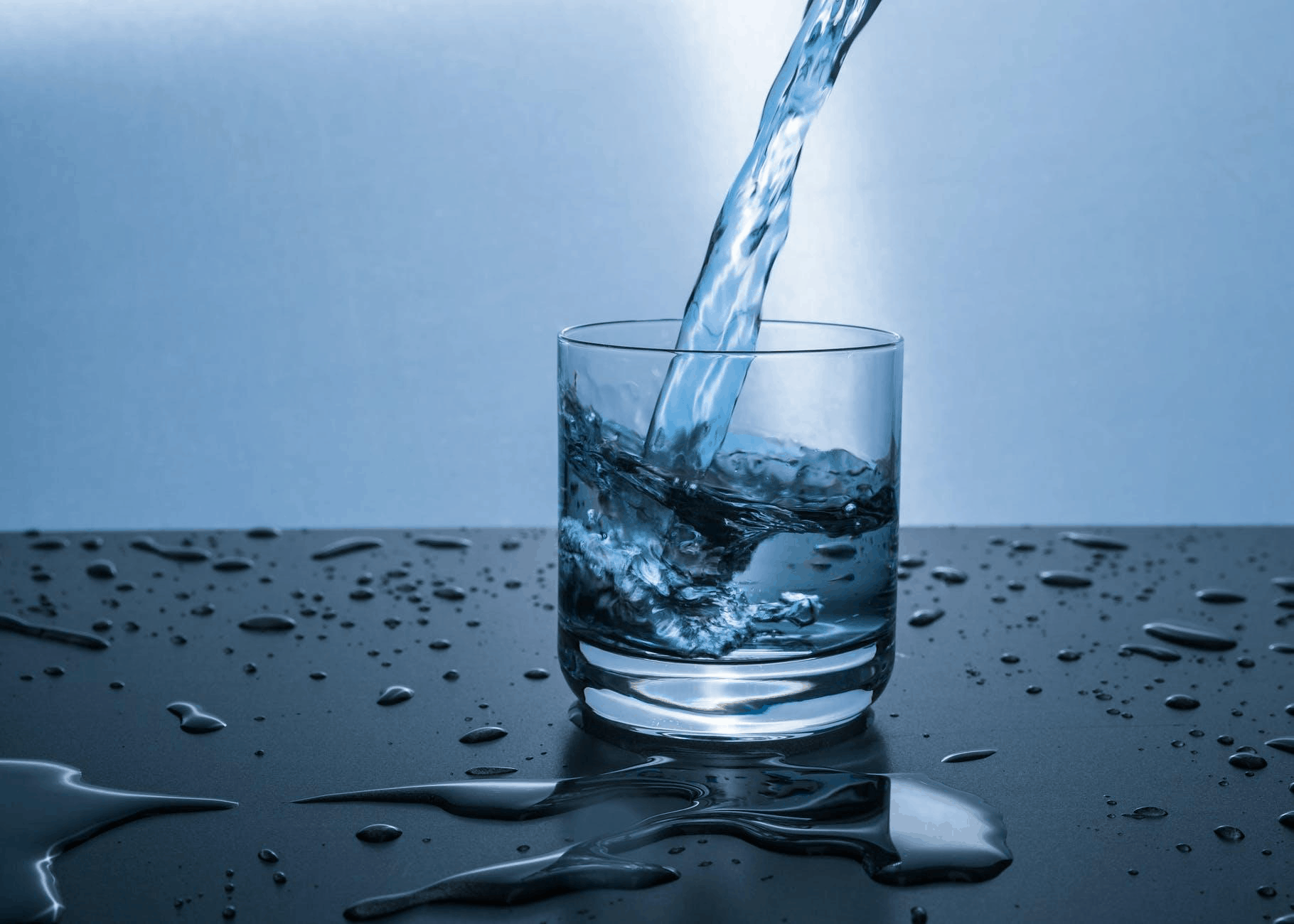Most of us don’t consider the water we drink. We use a tap, fill a glass, and drink. But how much water do you require to drink every day? Is the water you’re consuming safe, or would bottled water be more reliable? What to do if your tap water abruptly becomes contaminated? Read on to perceive how much you apprehend about the drinking water in your own home.
How Much Water Do You Need?
Your body mass is more than 50% water. Without water, you couldn’t sustain an average body temperature, anoint your joints, or eliminate waste through urination, sweat, and bowel movements.
Not consuming enough water can lead to dehydration, which can create muscle weakness and cramping, a lack of coordination, and an increased risk of heat depletion and heatstroke. Water is so essential that a person couldn’t live more than five days without it.
So how much water do you require? Enough to substitute what you lose daily through urination, sweating, even exhaling. And your want for water increases:
- In sunny or hot weather
- With strenuous physical activity, such as exercise or working in the yard
- During periods of illness, especially if you have a fever, are vomiting, having diarrhea, or convulsing

Water Quality: What Contaminants Are There in Water?
Water can be contaminated in many ways. It can carry microorganisms like bacteria and parasites that grow in the water from human or animal fecal material. It can include chemicals from industrial waste or from spraying crops.
Nitrates utilized in fertilizers can enter the water with runoff from the land. Different minerals such as lead or mercury can enter the water equipment, sometimes from natural silts underground, or more often from inappropriate pollutants’ disposal. Lead can strain into drinking water through old lead pipes.
So packaged drinking water helps to prevent various diseases led by contaminated water.
Well Water: Security and Quality
For around one out of every seven Indians, a separate well is the primary drinking water plant. Well water safety can be swayed by many factors, including:
- How the well was constructed
- Where it’s located
- How it’s maintained
- The quality of the aquifer providing the well
- Human actions in your area
It is recommended that you speak with local experts, have your well water tested periodically, and not let problems go unattended.
Bottled Water: Safety and Quality
As per the Beverage Marketing Corporation, Americans guzzled 13.8 billion gallons of bottled water in 2018, a 5% increase over the past year. One reason advanced for bottled water is its safety, yet there isn’t the same guarantee of security with bottled water as there is for the water in your tap.
The FDA monitors bottled water as a food. That means it needs to identify the bottled water plant (spring, mineral), regulate allowable levels of chemical, physical, microbial, and radiological contaminants, demand Good Manufacturing Practice standards for boiling and bottling, and regulate labelling.

Water Condition: Contaminants in the Pipes
Occasionally, your tap water can become infected due to breaks in the waterline, although one of the most considerable problems is lead getting into the water from pipes. Even ”lead-free” pipes can carry as much as 8% lead.
The best way to avoid drinking lead from tap water is to utilize water from the cold tap for taking, baking, and making baby methods and let the water run for a minute before utilizing it.
Health Effects of Drinking Contaminated Water
How toxic water affects your health depends on the type of contaminants. For instance:
- Cryptosporidium is a pathogen that seldom gets into water supplies. It can create a gastrointestinal disease that could be deadly.
- Nitrates can pollute water and pose a pressing threat to newborns. In the intestines, nitrates are transformed into nitrites, which limit blood from transporting oxygen. An enzyme existing in the system of older children restores the blood’s ability to carry oxygen.
- Lead can produce both physical and mental developmental problems in infants and children. Adults who have been taking lead-tainted water for several years can experience kidney problems and high blood pressure.
Does boiling infected water make it safe to drink? It depends on the contaminant. Boiling water can destroy germs, but things like lead, nitrates, and pesticides aren’t stirred. And since boiling decreases the volume of water, it increases the strength of those contaminants.

The founders’ engineering and technical mastery at BottleIndia goes back to the eighties, which is entirely before the company was formed. The company’s skill with the technology and the experience spanning almost two decades has made doing business with them a fulfilling experience. Their R&D activities, coupled with the water plants’ cutting-edge technology, have created a highly fruitful synergy.
The products and services rendered range from the mineral water turnkey projects, technical innovations, industrial RO plant, water softening plant, sewage treatment plant, spares, EDI system, packaging machines, soda soft drink plant, and quality control laboratory. They have an extensive reach in the water processing and pollution control services market.
No one method will remove all water contaminants. If you choose to install a water plant, you should have your water examined by a certified laboratory first to find out what’s in your water.
No matter which water filtering system you prefer, you need to maintain it; otherwise, contaminants develop in the filter and make the water quality worse than without the filter.
It’s essential to know that a home water filter won’t guard you against water that has been declared unsafe. If that occurs in your area, follow your local water authorities’ guidance until the water is declared safe to drink once more.
 Request a Quote
Request a Quote
